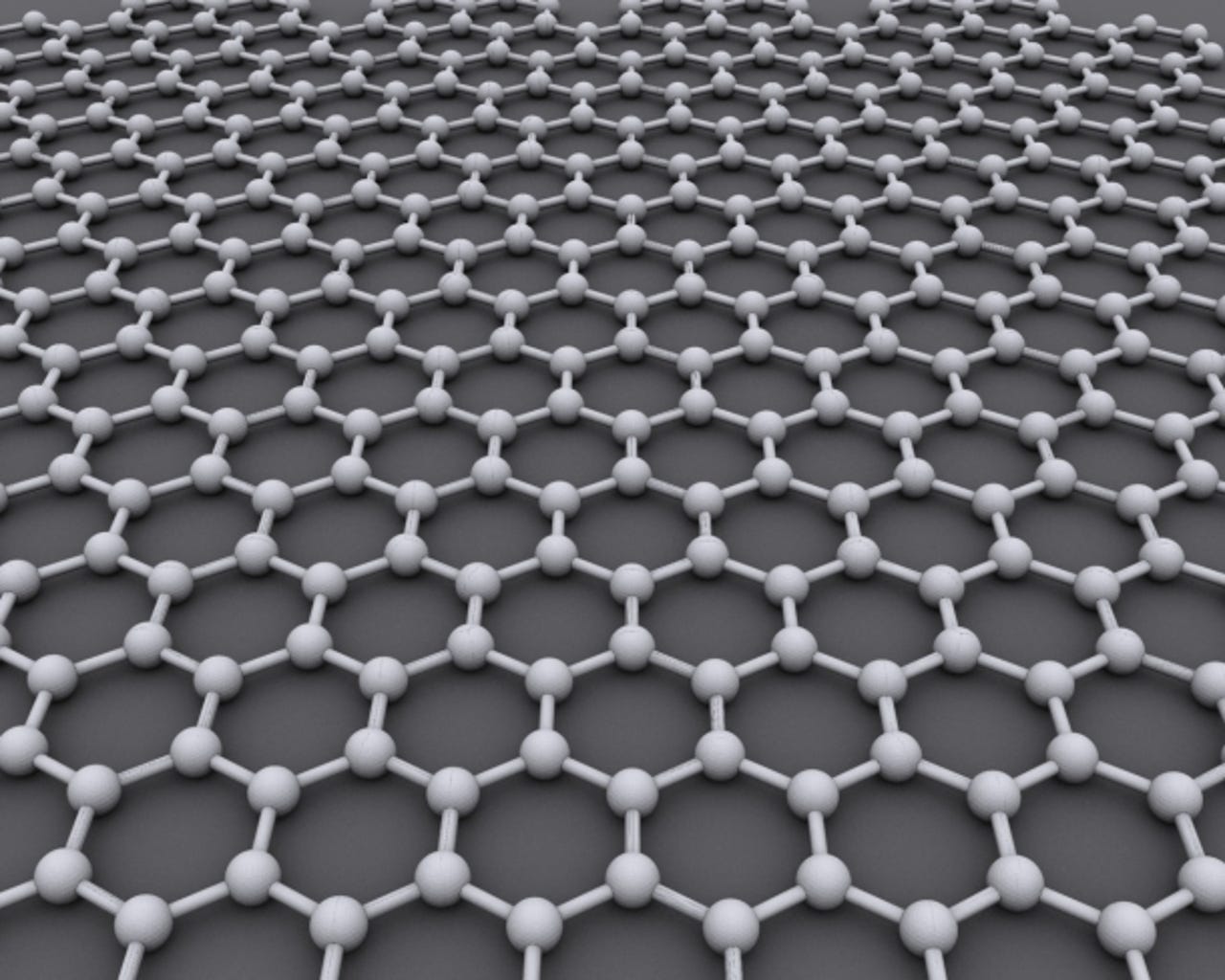Gallery: Ideas that are worth millions


The six finalists in the FET Flagship scheme were announced on Wednesday at the FET11 future and emerging technologies (FET) conference in Budapest. Each will receive €1.5million ($2.18 million) in European Commission funding to refine their proposals over the next year, after which the two winning projects will be announced. Those two projects will each get an annual budget of up to €100 million ($145 million) for a 10-year period. ZDNet UK gives a rundown of the competiton.
"The finalists announced today will plant the seeds for tomorrow's innovation," digital agenda commissioner Neelie Kroes said in a statement. "Europe hosts some of the world's leading researchers in the fascinating and highly inspiring area of future and emerging technologies. By joining forces to address grand challenges, European, national and regional funding can lead to innovations that will tackle problems like neuro-degenerative diseases and climate change."
One of the six finalists is a project researching graphene and what this substance could mean for future electronics. According to Sweden's Chalmers University of Technology, which is running the project, a graphene Flagship project could provide a major boost for Europe's microelectronics industry.
Graphene is made from single layers of carbon atoms that, on an atomic level, has the appearance of chicken wire. Although it is only starting to become understood, many see graphene as a way of breaking past the limitations of silicon and moving onto the level of quantum computing. The technology may lead to flexible and very fast electronic components.
The Swedish project would look at fabrication methods for cheaper graphene materials that, according to the Commission, "combine structural functions with embedded electronics, in an environmentally sustainable manner".
Captions: David Meyer, ZDNet UK
Photo credit: AlexanderAlUS/Wikimedia Commons
University College London's Department of Mathematics is in the running with the FuturICT project, which aims to create a planetary-scale computer called a 'Living Earth Platform'.
The project's goal is both grand and abstract — a combination of ICT, social sciences and 'complexity science', it would provide new insights into the functioning of society and possibly the discovery of new laws of nature. Dynamic data sources such as crowd-sourced sensor information, digital media, social networks, blogs and public infrastructure would feed into a 'nervous system' of society, which would be used to analyse and manage complex events.
The Living Earth Platform could be used to predict natural disasters or manage and respond to man-made disasters that involve multiple countries or even continents. Societies could be modelled and areas for targeted technological development identified. Ultimately, the team hopes, the platform could lead to more sustainable living and better thought-out social and economic policies.
Photo credit: Mike Trenchard, Earth Sciences & Image Analysis Laboratory, Johnson Space Center
The Brain Mind Institute at Switzerland's Ecole Polytechnique Federale de Lausanne (EPFL) is the only institute to have two projects in the final six, the first of which is its 'Human Brain Project' (HBP).
The proposed project would build an informatics, modelling and supercomputing infrastructure that would be capable of performing simulations of the human brain. According to the Commission, this would require research in high-performance computing and neuro-morphic computing — emulating brain circuitry — as well as brain-machine interfaces and robotics.
If it becomes one of the two winners, the EPFL would build a Facility for Brain Simulation, which would get to work on modelling the brain and running an internet-accessible 'simulation cockpit', allowing researchers from around the world to conduct virtual experiments and collaborate with one another.
Ultimately, the project aims to not only better understand the brain but to reuse some of its tricks in IT. After all, as the Commission notes, the human brain is "a very fast, massively parallel, distributed machine with negligible energy consumption (just 20-30W)", resilient to damage and very good at adaptation and prediction.
Photo credit: EPFL
Switzerland's Ecole Polytechnique Federale de Lausanne (EPFL) has a second finalist in the running for the ultimate multi-million-euro prize: the Guardian Angels project.
The idea here is to develop "zero-power intelligent autonomous systems-of-systems" involving smart-sensor and control technologies that extract energy from their immediate environment. Such technologies are already used in everything from thermostats to car safety features, but they require something else to power them — if they could power themselves, the EPFL reckons, a whole new field of portable gadgets, wearable health monitors and critical safety technologies could emerge.
Ultimately, the researchers hope, such technologies could lead to autonomous 'guardian angel' systems that make people healthier and safer. To achieve this, the institute wants to create new low-energy nano-electronics and systems that can harvest solar and thermal energy, generating power using vibrations and electromagnetic waves.
The Italian Institute of Technology, Scuola Superiore Sant'Anna (IIT@SSSA), has made it to the final six FET Flagship Pilots with its 'Robot companions for citizens' (RoboCom) project, which aims to create soft, gentle and friendly robots.
The RoboCom project would combine the expertise of scientists in the IT and robotics fields to build safe, interactive robot companions that would, according to the Commission, be "ubiquitous and user friendly, preserving or augmenting human capabilities and experience, extending the active, independent life of citizens, and maintaining our planet".
The bodies of these robots would require new artificial bio-materials or hybrid materials that use living tissue and have self-healing capabilities. The robots themselves would need to possess advanced social intelligence, which in turn requires new levels of cognitive modelling.
RoboCom would tie in with the Commission's aim of using technology to improve the lives of an ageing European population, while helping to further the robotics industry as a whole.
Photo credit: Josh Miller
The Department of Vertebrate Genomics at Germany's Max Planck Institute for Molecular Genetics also hopes to become one of the two ultimate winners, with its 'IT Future of Medicine' (ITFoM) project.
Unlike, for example, nuclear research at Cern, medicine has so far played a limited role in advancing research and development. The institute hopes the ITFoM scheme will change that. As the health sector moves towards highly individualized medicines that require huge amounts of data analysis and modelling, ITFoM would develop new workflows and IT architectures to cope with the zetabytes of data this will involve.
According to the Commission, ITFoM would create new procedures for data integration and access, as well as new techniques for handling massive data files — a single human genome represents around 6GB of data.